Huawei Mate 40 series gets Turbo Charge mode
Breaking: Global Huawei Watch 3 began receiving HarmonyOS 3
Huawei Watch GT 3 HarmonyOS 3 beta delayed to next year
So, Huawei P60 will run HarmonyOS 3.1
Huawei MatePad Pro 10.8 gets December 2022 update
Huawei Pocket S flip phone’s 512GB version enters sale
Huawei Mate X3 and P60 to clash for launch date
So, Huawei P60 will run HarmonyOS 3.1
The tiny Huawei Y5p is still a super affordable phone
What do you think about the new Huawei P60 camera layout?
Huawei Mate 40 series gets Turbo Charge mode
Huawei Nova 5T gets 2022’s last EMUI update
Huawei P50 Pocket gets December 2022 EMUI update [Global]
Breaking: Global Huawei Watch 3 began receiving HarmonyOS 3
Huawei Nova 9 SE gets December 2022 update
Huawei Petal Maps 3.2.0.200 brings new features
Download Huawei AppGallery App (12.7.1.300)
Google Play Store 33.6.13 is up in stock
Get the latest My Huawei app [12.1.10.300]
December 2022 Google Play System update brings new changes to digital driver’s license
Huawei MateBook 14s Intel i9 sale begins
Huawei MateBook D14 SE notebook gets 16GB RAM version
Huawei MatePad SE and Pro 12.6 gets new memory version to Malaysia
Huawei MatePad Pro 10.8 gets November 2022 patch
Huawei is the only PC maker to make growth in Q3 2022 in China
Latest Huawei tech could detect Lung infection using SpO2
Check Huawei Watch GT 2 owners’ feedback on user experience in 2022
Huawei Band 4 with SpO2 opens sale at lowest price
Huawei launches ‘Year of the Rabbit’ FreeBuds earphones engraving service
120 inch virtual screen Huawei Vision Glass goes on sale
Published
on
By
Today, Huawei has officially announced the launch of the XMAGE mobile camera imaging brand and technology after the breakup with Leica. Under this brand, Huawei will launch a number of new image technologies including products related to mobile cameras and to improve the image quality.
He Gang, President of Handset Business, Huawei Consumer Business Group, said the creation and innovation in the past have helped Huawei to usher in the field of mobile camera technologies and matured the company to become a leader. Such technologies will be utilized in the future flaghip as confirmed by the tech maker consumer business chief.
“XMAGE brings a breakthrough for a mobile imaging system,” said Gang.
“XMAGE brings a breakthrough for a mobile imaging system,” said Gang.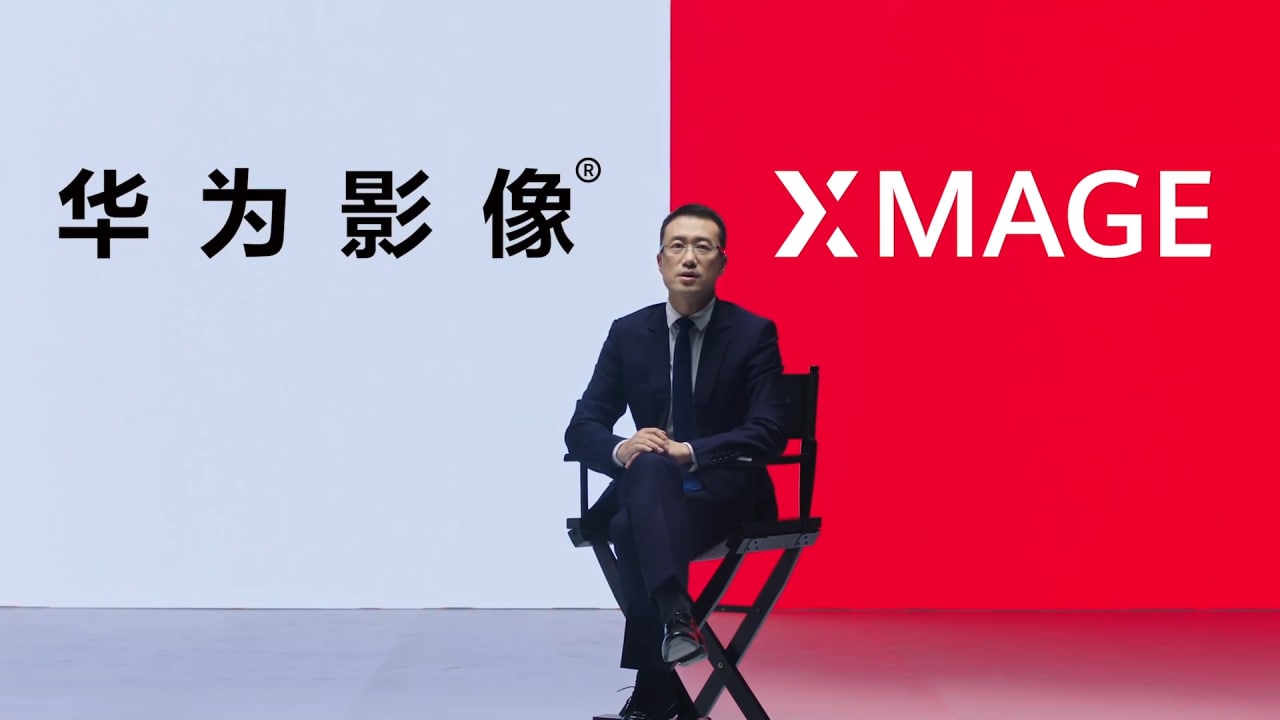
Gang further emphasizes that it’s a touch step from Huawei but the Chinese tech giant is ready to forge ahead and will continue to conduct research and development to strengthen the XMAGE imaging system.
Logo:
According to information, Huawei has released the XMAGE logo and has also planned to launch a technical version of the XMAGE brand logo for smartphones and featured devices that we’ll see on the corresponding products.
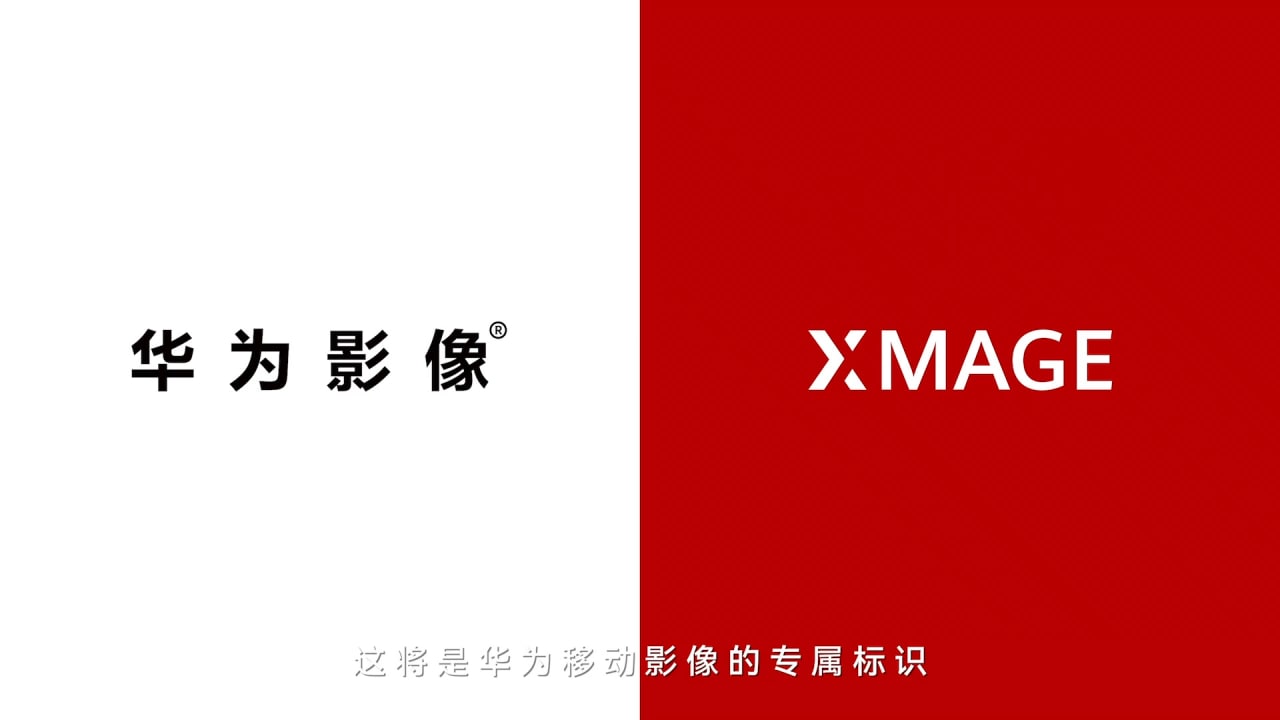
Leica and Huawei:
From Huawei’s perspective, the company has learned a lot and achieved new heights in the field of mobile photography, and the same goes for Leica, as it has been benefiting from the co-researchers made by Huawei.
This powerful partnership began with the launch of the Huawei P9 in 2016. Huawei stayed focused and promised the R&D on the smartphone camera systems and the P10 along with the P20 series are examples that have appeared among consumers to showcase the power of this imaging R&D efforts.
However, continuous steps in the right direction brought us the Huawei P30 Pro, one of the most successful flaghip around the globe. It was the first time that a phone company used periscope long-range zoom, powerful night photography as well as AI-powered images. It was also the first time when a phone manufacturer used an RYYB image sensor that intakes a high rate of light to brighten images as compared to the RGGB color palette. 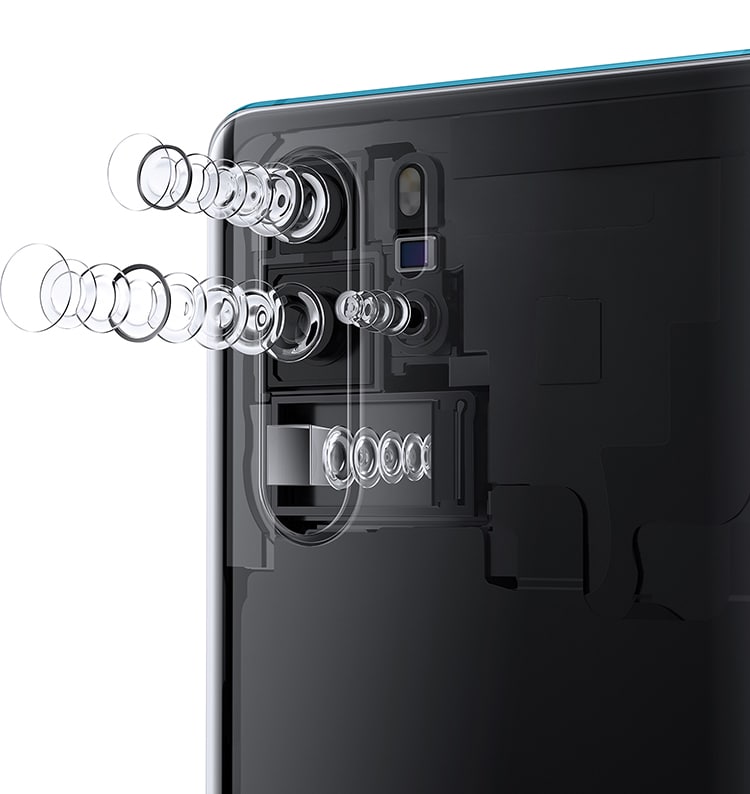
In the following, Huawei has put a lot more effort into the Huawei P40, Mate 40, and P50 series. This subsequent flaghip showed us, how much far Huawei can go in the field of mobile imaging camera technologies.
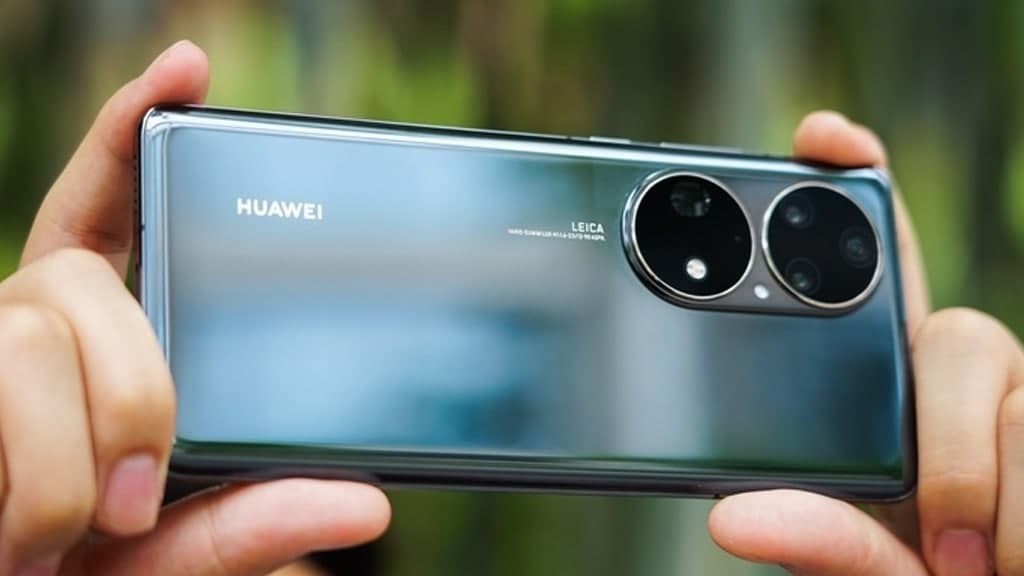
On May 31, 2022, Huawei parted its ways with Leica and announced the end of this partnership which has gained many achievements for both firms. However, partition with Leica has led us to the launch of the Huawei XMAGE brand.
To sum up, the partnership with Leica and the breakup doesn’t affect much to Huawei because the innovation and development made by the firm have been used to the birth of the XMAGE imaging system and helped the company to stand up on its own.
Continues Efforts:
Throughout the past years, Huawei has pushed forward and broken the rules of mobile cameras. From macro to super zoomed telephoto, ultra-wide, free form lense for anti-distortion, hybrid, powerful night mode, to powerful TOF sensor that could provide you life like the bokeh in portrait shots. 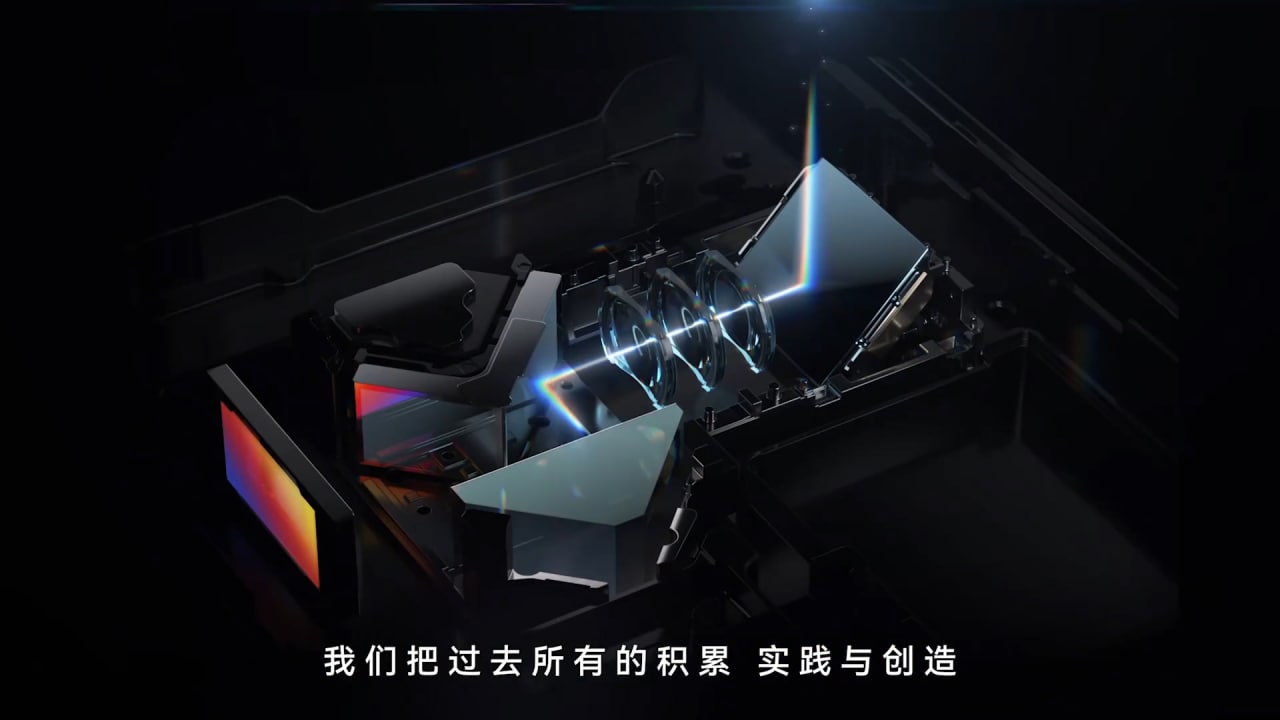
Don’t forget the AI power of the Huawei flagship chipset that made it enables to clear or process images with fast speed. With each generation of the past flagship, Huawei has pushed these lines further and made its own rules in the mobile camera industry – single, dual, triple, quad, and Penta, you name it, you’ll get what the phone packed with immense power to shoot any picture or landscape.
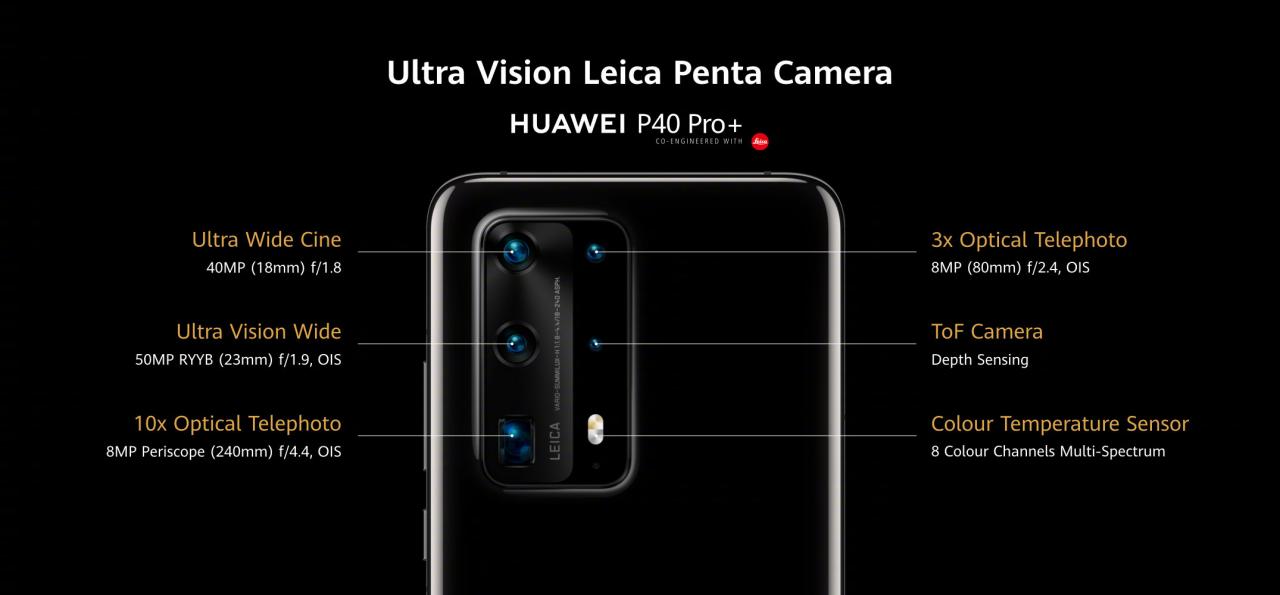
That’s not it, the company has not only focused on hardware utilization but also on the imaging system, which has aimed to take much closer to the human eye. Matching the color and shapes, hues, contrast, black and white, shades, light, space, still frames, slo-mo, and more. The better they say, Huawei has delivered all, that’s how the company has ruled in the smartphone camera world. 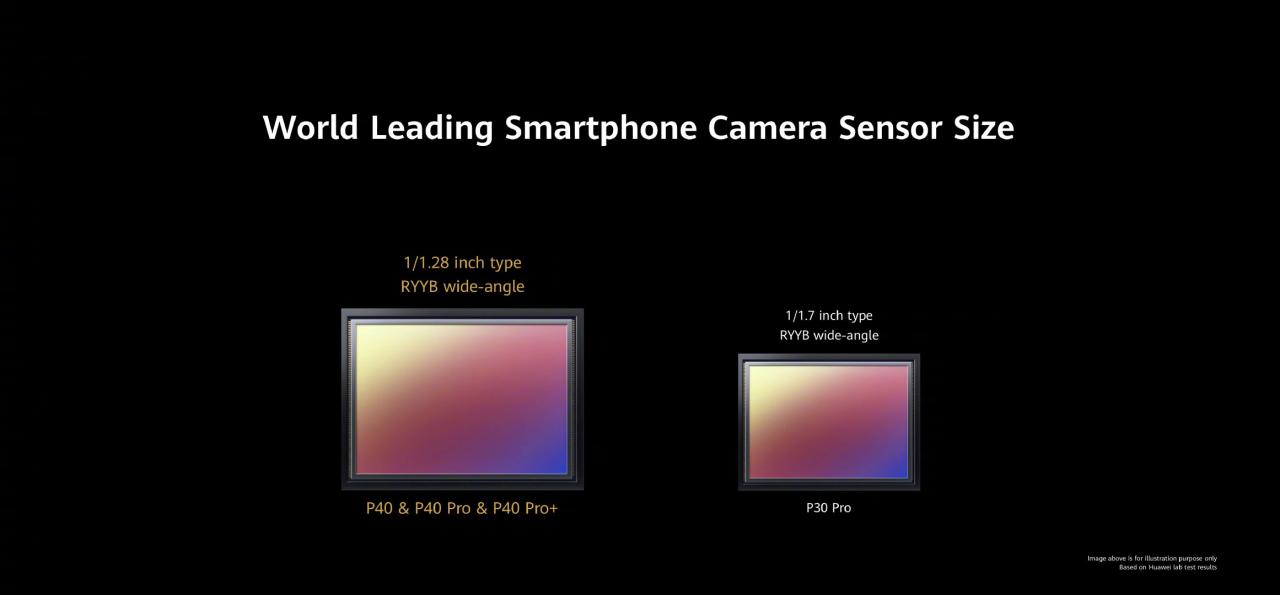
Now that Huawei has launched its own image logo, in the future, Huawei will also have a technical iteration dedicated to this logo, just like Leica’s filters.
When we could see?
Huawei has confirmed that the next generation of the flagship will come with XMAGE camera technologies and we could look forward to Huawei Mate 50 series featuring such technologies.
Learn more about Huawei Mate 50 series here (link).
Check this Huawei Mate 50 concept render with massive camera and notch [Video]
Check this Huawei Mate 50 concept render with massive camera and notch [Video]
Breaking: Huawei Nova series exceeds 200 million sales
XMAGE: New Huawei mobile camera image technology
Most of Deng Li’s smartphones are from the Huawei ecosystem and his first Huawei phone was Ascend Mate 2 (4G). As a tech enthusiast, he keeps exploring new technologies and inspects them closely. Apart from the technology world, he takes care of his garden.
Huawei Petal Maps 3.2.0.200 brings new features
Latest Huawei tech could detect Lung infection using SpO2
Huawei announce winners of Next Image Awards 2022
Published
on
By
Today, Huawei officially announced the winners of the NEXT IMAGE Awards 2022. This year’s awards themed “Inspire the World”. Huawei started this photography competition in August this year and after 5 months, it’s finally come to a grand conclusion.
Huawei 2022 Next Image Awards Winners:
Grand Prize winners:
- Adão Filipe Fernandes Salgado – FORCE by Huawei P30 Pro
- Enrica Brescia – Just Shaen by Huawei P40 Pro
- Wang Zihao – Fireworks by Huawei P40 Pro

OUTDOOR:
- Wu Guohua won for Flying Rooster taken with Huawei P30 Pro, two others for best in the category, and 6 runner ups.
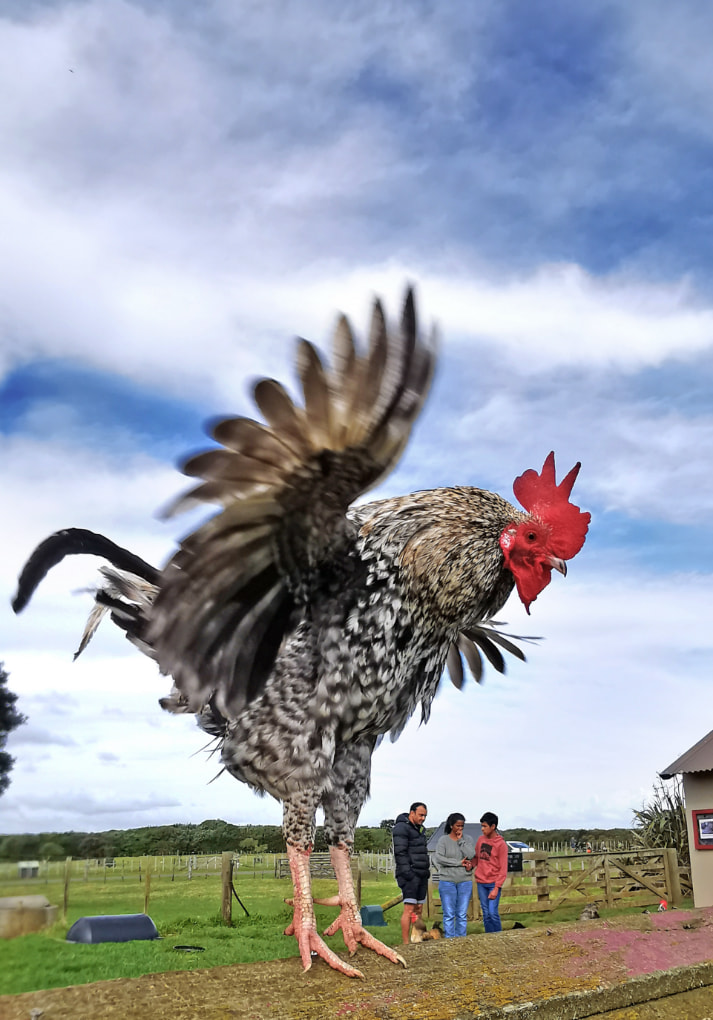
Portrait:
- AZHUO Zhihong won for Girl and Oats took with Huawei Mate 50 Pro. There are two best in a category along with 4 runner-ups.

ART & FASHION:
- Li Xuedong for Chili took with Huawei P30 Pro and 3 others best in the category and 4 other runner ups.
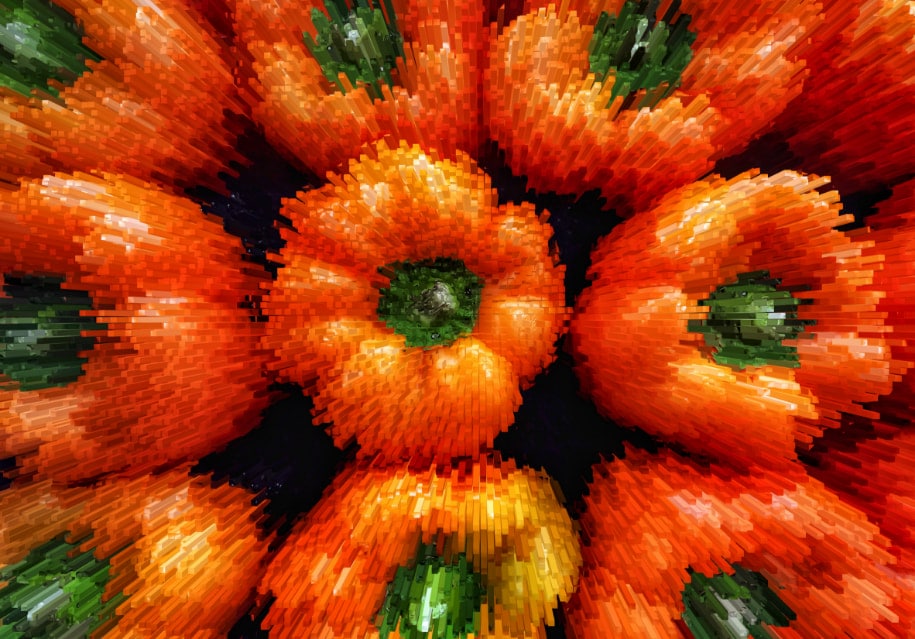
SPORT:
- Mocanu Costin for Sunset Waves taken with Huawei P40 Pro along with two other runner-ups.
STORYBOARD:
- Zdeněk Dvořák won for Cirkus Humberto taken with Huawei P30 Pro. There are two best in category and one runner up for storyboard.
Action:
- Qi Yingtao won for Rocket Launching shot with Huawei Mate 40 Pro+. Chen Guanhong is the runner up winner.
STORYTELLING Short Film:
- Hossam Hassan Al Sayed is the best in category winner and Sherwin Arrojo Isla is the runner up.
STORYTELLING Long Film:
- Qu Ziteng won for best in category along with Hu Yanping.
There’s a big gallery of images, that you can see on the official website alongside all of the winners. (Link of official Huawei Gallery)
Theme of the tasks:
ART & FASHION
- Capture art and fashion moment of that inspires you.
OUTDOOR
- Shoot what the outdoors means to you.
PORTRAIT
- Capture a portrait that shows the truth of your subject.
SPORT
- Capture a sports moment that excites you.
HELLO LIFE
- Capture a moment from the world around you.
STORYBOARD
- A series of 3 to 9 photos that tell a story or unpack a moment through different perspectives.
Capture the journey of your subject.
ACTION
- In 30 seconds or less, capture a moment of action that moved you from your comfort zone.
STORYTELLING:
Record a story that amazes you.
- Short Film: 5 min or less
- Long Film: 5-30 min
Prizes:
According to the information, the contest has 3 grand prize winners, 24 category winners, and 27 runners-up winners.
USD$10,000 each for Grand Prize winners, USD$1500 each for Best in category winners
Huawei P50 Pro (8GB+256GB) each for Runner up Winners.
Published
on
By
2022 has been a year of rebound and the Chinese tech giant, Huawei is expecting a positive number in revenue on an overall scale.
Reuters reports that Huawei expects that its revenue for 2022 will reach 636.9 billion yuan ($91.53 billion). This marks a 0.4 percent increase in revenue that the company posted last year.
The announcement is made by Huawei’s current rotating chairman, Eric Xu in an internal letter. He mentioned that this year is a year in which, Huawei will gradually move away from wartime situations to safety. As the company has been continuously attacked by the U.S. administration for over the past two years.
He also stated that Huawei will gradually turn the crisis into an opportunity. 2023 is the first year for Huawei to conduct operations normally and it’s a critical year for growth.
The expectation includes better results in the ICT business, cloud business, and smart car business.
Past performance:
In the first three quarters of 2022, Huawei achieved sales revenue of 445.8 billion yuan with a year-on decline of 2.19 percent and a business profile margin of 6.1 percent.
Back in 2021, Huawei’s overall operating was stable with global sales revenue touching 636.8 billion yuan and a net profit of 113.7 billion yuan. It shows a year-on-year decline of 75.7 percent.
For the future, Huawei is climbing R&D investment, in 2021, Huawei’s R&D investment reached 142.7 billion yuan accounting for 22.4 percent of the annual revenue. It’s a big part of the income that Huawei spends on innovation.
While for the next 10 years, Huawei is projected to exceed 845 billion. This will be used to expand Huawei’s research capabilities in various businesses across the portfolio.
In terms of revenue, the operator business was 281.5 billion yuan, accounting for 44.2% of total revenue. While overseas revenue accounted for more than 50%.
The enterprise business was 102.4 billion yuan, accounting for 16.1% of total revenue, and emerging business revenue increased by 30%.
On the flip side, the consumer business was 243.4 billion yuan, accounting a 38.2% of the total revenue, and the revenue of smart wearables and TVs increased by 30%.
Published
on
By
Intel launched OpenCV 4.7 version of its, open source computer vision library and supports Huawei Ascend CANN backend for the DNN module to speed up convolution processing in the DNN module.
Intel OpenCV is a software toolkit for processing real-time images and video and providing analytics and machine learning capabilities.
Huawei Compute Architecture for Neural Networks (CANN) is a heterogeneous computing architecture developed by Huawei for AI scenarios, including the operator library and TBE operator development kit, through which you can improve the development efficiency to better match the Ascend chip enablement. 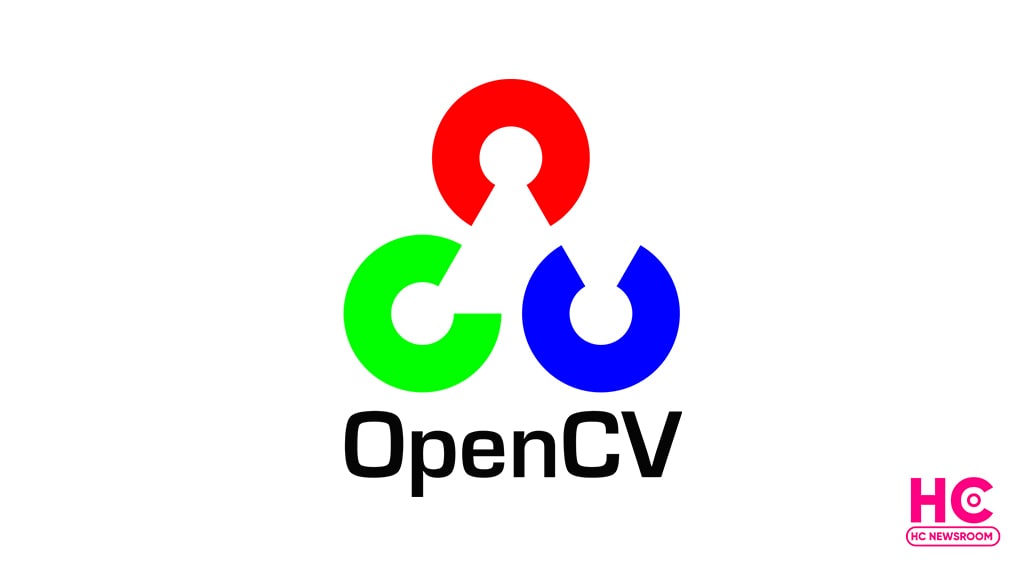
DNN framework provides basic functionality such as security, user administration, and content management, while modules tailor the website for specific deployment needs.
The DNN module was introduced with OpenCV 3.3. Without any dependencies, the model trained by the deep learning framework can be used after the standard installation of OpenCV. The inference calculation can be realized by borrowing the den interface of OpenCV.
(via)
Copyright © 2022 Huaweicentral.com